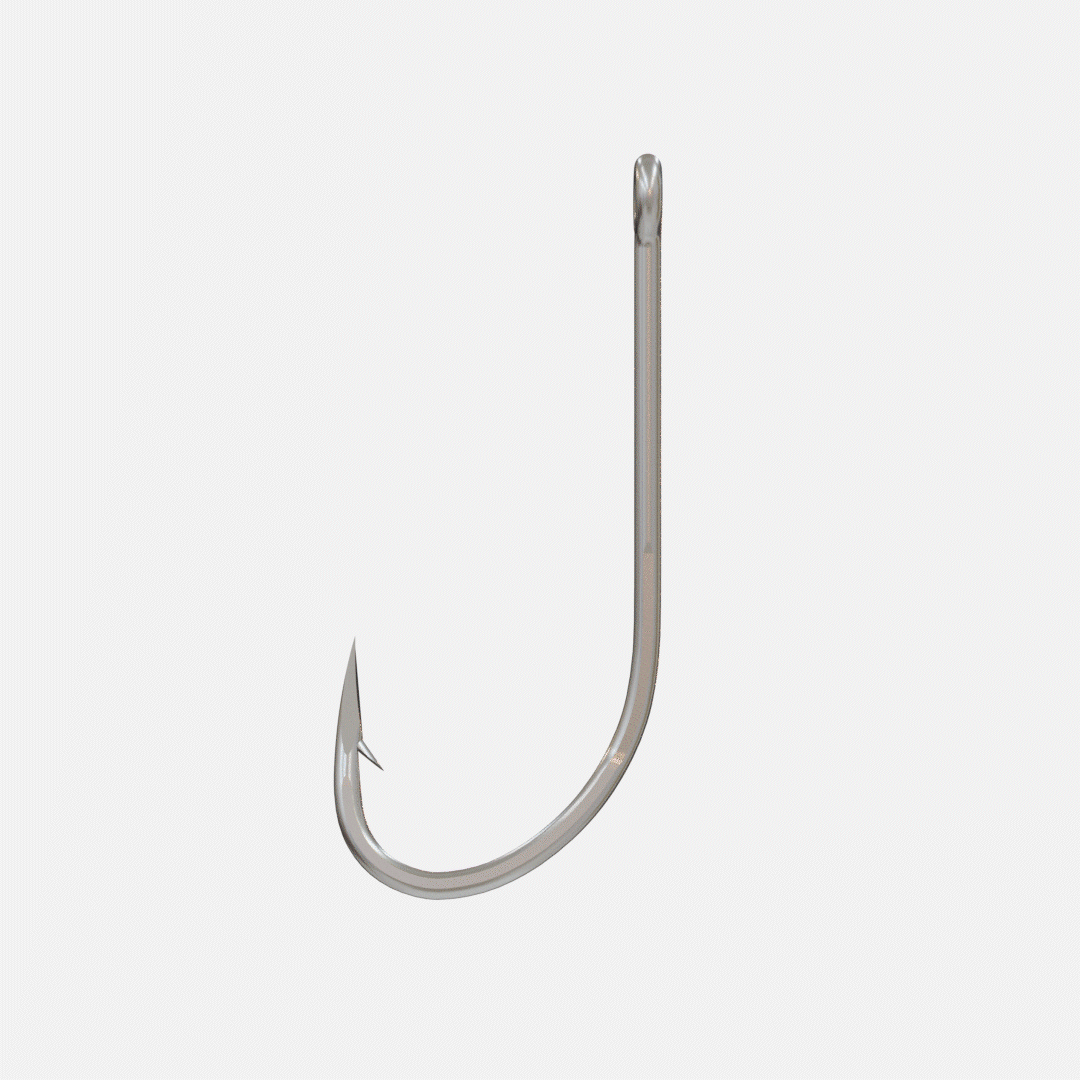A fish hook would seem a simple thing, but over 100’s of years fish hooks have evolved in many different directions to provide variations ideal for different use cases. At its most basic, a fish hook is made of a series of basic attributes, each coming in different configurations to enable specific benefits to anglers.The basic, foundational hook attributes are:
- Hook Eye
- Wire/Wire Diameter
- Shank
- Bend
- Hook Point
- Barb
- Size
- Gap
- Hook Throat
- Finish
Read more about each of the basic hook attributes below. Click on any link below for even more detailed information.
Basic Hook Attributes:
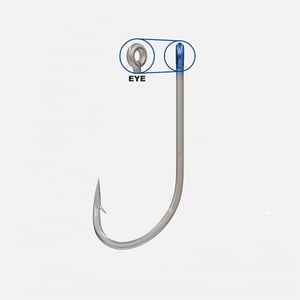 Hook Eye
Hook Eye
Choosing the Right Hook Eye for Fishing Success
The hook eye exists to allow fishing line to attach to the hook. It is at its most basic a loop onto which fishing line can be tied. Tons of variations on this basic feature exist from eye orientations to legs.
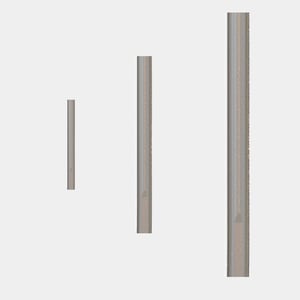 Wire/Wire Diameter
Wire/Wire DiameterGuide to Selecting the Right Diameter Hook
The metal wire used to make the hook defines its strength (in conjunction with whether it is forged or unforged, see shank). Light, medium, and heavy wire hooks each have use cases where they are beneficial. Read more about that here.
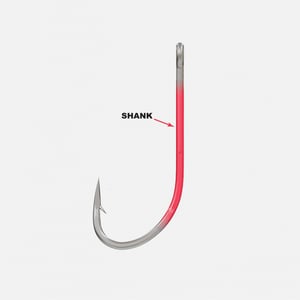 Shank
ShankUnderstanding Hook Shanks
The shank is the length of metal from the hook eye (or leg) to the beginning of where the hook begins to bend. Shank configurations include forged and unforged options, different lengths, and sometimes include features to secure baits such as slices or bait keepers. Read more about each here.
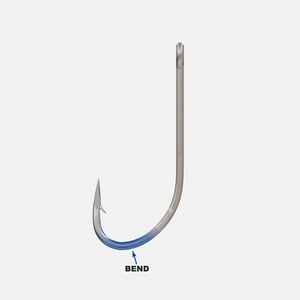 Bend
BendChoosing the Right Hook Bend
The bend is the curved radius at the base of each hook. In some hooks the bend is harder to differentiate from the shank as the hook curves gently from the hook eye onward. The bend is one of the key features of a hook, with variations that enable bait security, to hook bends that are designed to hook fish in very specific places to prevent unnecessary mortality of game fish.
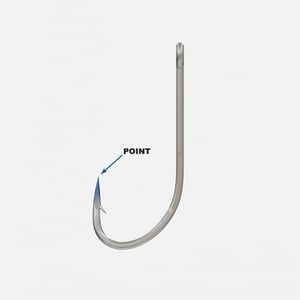 Hook Point
Hook PointA Gude to Understanding Hook Points
The hook point shouldn’t be overlooked. It’s the business end of a hook and sharp hooks can mean the difference between catching or missing fish. Hook points offer anglers a chance to fish familiar styles of hooks in different sharpness and shapes to dial in configurations that meet their needs.
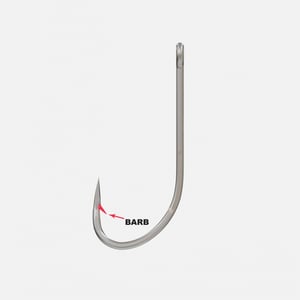 Barb
BarbDifferent Types of Hook Barbs
Hooks either have or don’t have a barb. A barb is a small, triangular piece of metal extending from the tip of a hook point that allows a fish to slide onto the hook, but has a blunt end to act as a stop so the fish doesn’t easily slide back off.
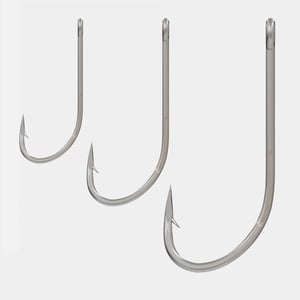 Size
SizeUnderstanding Hook Sizes
Hooks are available in a wide range of sizes. While fairly self-explanatory, a hook sized appropriately to target species or to bait aids in both its desirability to fish and its ability to stand up to that fish when it’s time to reel in.
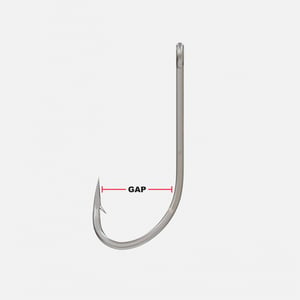 Gap
GapWhat Fish Hook Gap Do You Need
A hooks gap is measured perpendicularly from the hook point across to the shank. Variations in this width can enable weedless presentations in which the hook point is embedded in artificial bait so it won’t be hung up in weeds, or to keep a hook point tighter to the shank for better hook sets when the line is pulled.
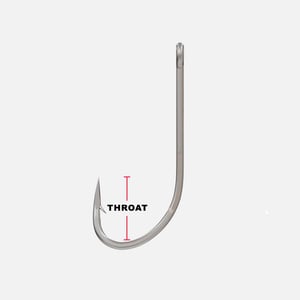 Hook Throat
Hook ThroatThe area between the hook point and shank extending down to the bend of the hook.
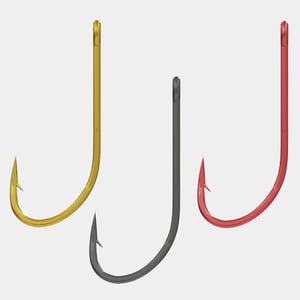 Finish
FinishA Comprehensive Guide To Fish Hook Finishes
Hooks can be finished in many different platings or coatings to increase durability, protecting the hook from rust or dulling, or to aid in the presentation to target species.

